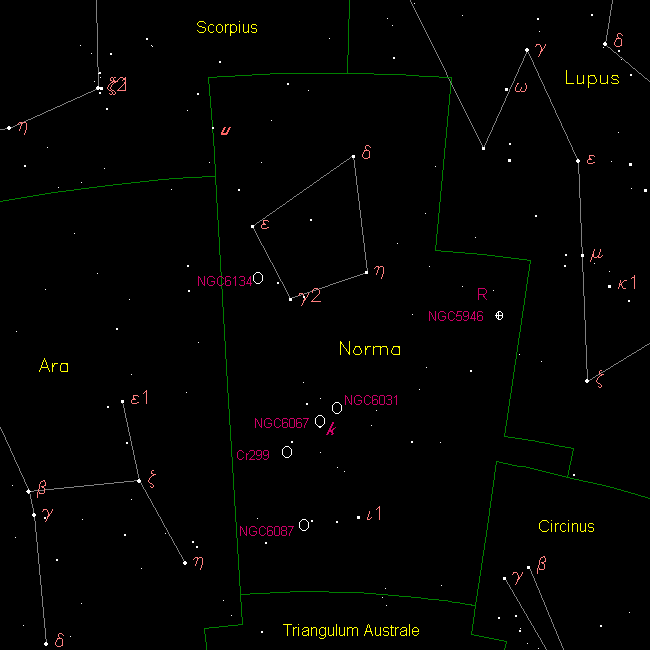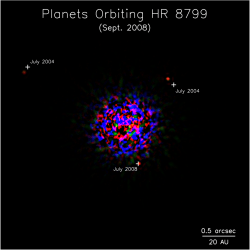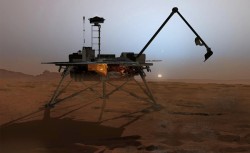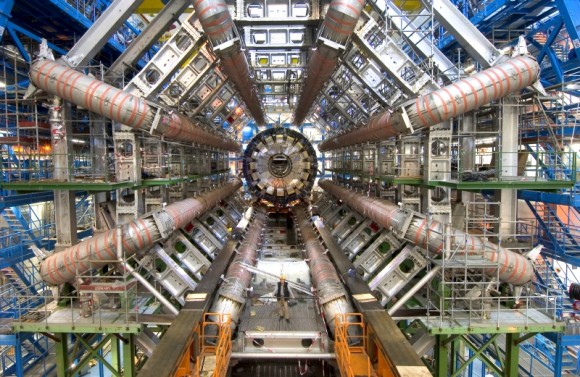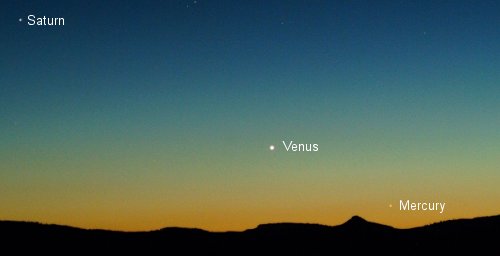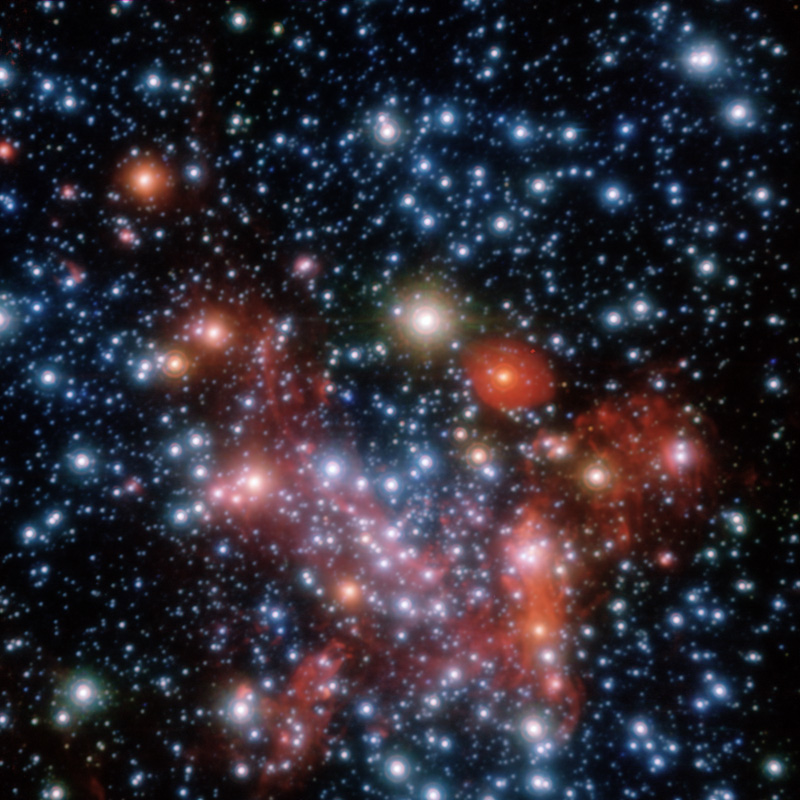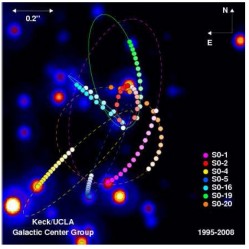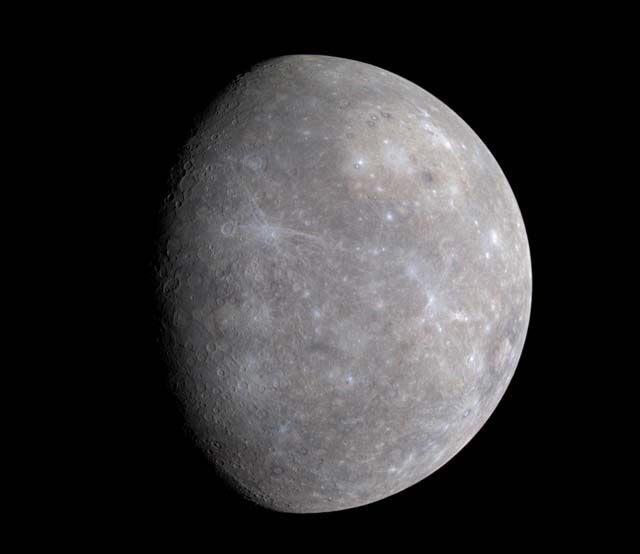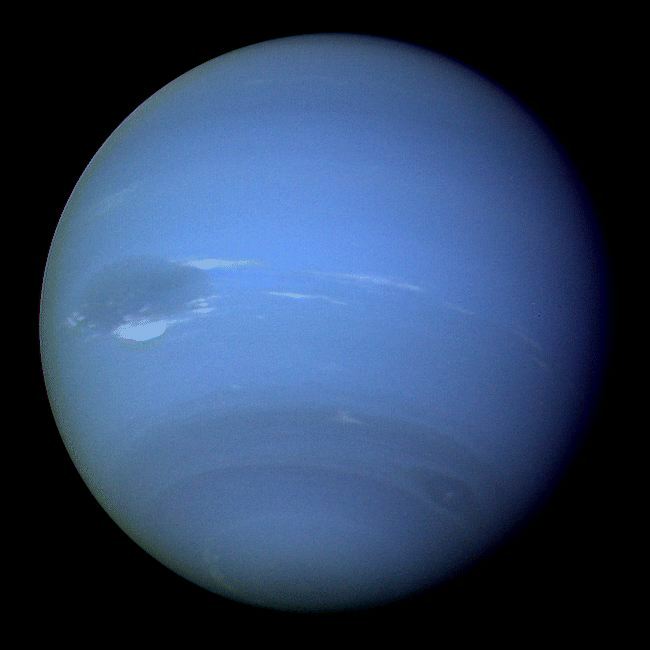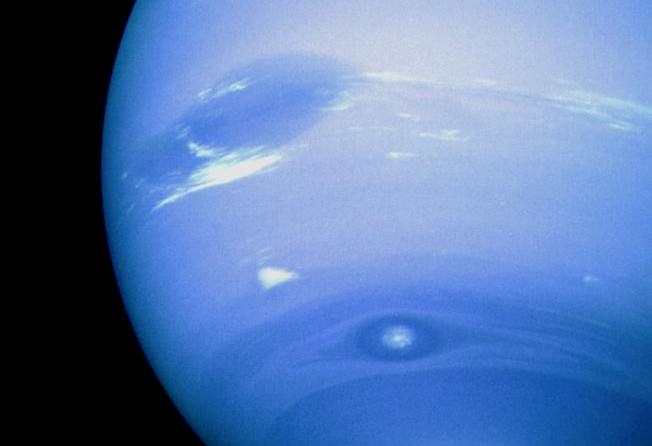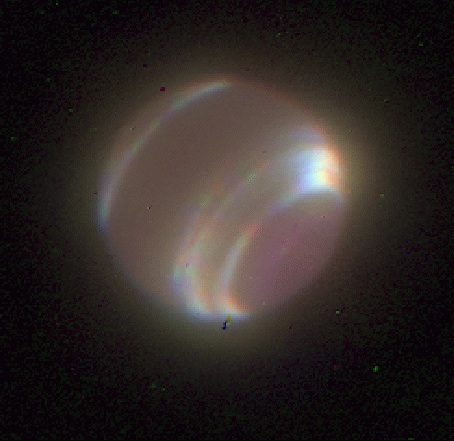[/caption]
The small constellation of Norma is located south of the ecliptic plane. It was originally charted by Abbe Nicolas Louis de Lacaille who named it “Norma et Regula”. It was later adopted by the International Astronomical Union as one of the 88 modern constellations and its name shortened to Norma. It covers approximately 165 square degrees of sky and ranks 77th in size. Norma has 2 main stars in its asterism and 13 Bayer Flamsteed designated stars within its confines. It is bordered by the constellations of Scorpius, Lupus, Circinus, Triangulum Australe and Ara. Norma is visible to all observers positioned at latitudes between +30° and ?90° and is best seen at culmination during the month of July.
The constellation of Norma has one annual meteor shower associated with it – the Gamma Normids. Activity begins on or about March 11 each year, lasting through March 21 with a peak date of March 16. This meteor shower only produces 5 to 9 meteors per hour at maximum and has only been studied within the last 50 years, so activity rates are sporadic and understudied.
Since Norma is considered a “new” constellation, there is no mythology associated with it – only Abbe Nicolas Louis de Lacaille’s love of all things science and what Norma is meant to represent. Originally named Norma et Regula, this dim collection of stars in Lacaille’s native language would have been “L’Équerre et La Règle”, meaning “The Set Square and The Ruler”. While it is difficult to visualize a set of drafting tools from this set of stars, Norma’s brighter stars do produce a few nice angles that will help guide you to some of its many deep sky riches.
Let’s start off our binocular tour of Norma with the “Y2” symbol on our map – Gamma 1 and Gamma 2 Normae. In a constellation which has no alpha or beta designations, fourth magnitude Gamma 2 is the brightest star here. The yellow giant star is located about 125 light years from Earth, but in binoculars you’ll notice another companion – Gamma 1. This is an optical double star because Gamma 1 is 1500 light years away!
For a true binary star, hop north to Epsilon Normae – the backwards “3” symbol on our map. Comprised of a 4.5 magnitude primary star and a 7.5 magnitude secondary, Epsilon is spaced widely enough apart to be split with steady binoculars and easily with a small telescope. Oddly enough, when it comes to this fixed position binary star, both components are also spectroscopic binary stars, too… Making this a quadruple star system!
Now, hop south for Iota 1 Normae – but bring a telescope. This 4.6 magnitude A7 subgiant star is located 271 light years from our solar system and its 11th magnitude companion has a close separation of 11″. This pair orbit each other very quickly, making a full revolution in just about 26 years.
Ready for a little variability? Then let’s start with Mu Normae – the “u” symbol. Mu is suspected of being an Alpha Cygni variable, with a magnitude range of 4.87 at brightest to a minimum of 4.98. This A type supergiant star doesn’t quite pulse like Cepheid – it exhibits non-radial pulsations during its brightness changes which may last from several days to several weeks! To follow a variable star whose changes are hugely apparent, take a look at R Normae. Here we have a Mira-type variable. It might take 507 for its changes to occur, but when they do, R will go from being an easy to spot in binoculars magnitude 6.5 to a need a telescope and star chart to find it magnitude 13.9!
Now, identify Kappa Normae – because it’s a guidestar to two awesome open clusters. In average 10X50 binoculars, if you place Kappa to the top of the field of view, you’ll easily see NGC 6067 (RA 16:13.2 Dec -54:13) to the north. Possessing about 100 stars spread in 13 arc minute field, this magnitude 5.6 cluster resolves beautifully in a telescope. It contains its share of Cepheid variables, too, but look for a wonderful bar-like structure with a concentration at one end. It’s bright, rich and very photogenic! Would you like to look at one more variable star?
With Kappa still at the top of your field of view, you’ll spy another open cluster to the south. Now, here’s a bonus, because you’ll find variable star S Normae locate right smack dab in the middle of open star cluster NGC 6087 (RA 16:18.9 Dec -57:54). At a combined magnitude of about 5.5, this galactic star cluster is meant for binoculars and telescopes of every size. At its heart beats S Normae, a well-known Cepheid that range in brightness from magnitude 6.1 to magnitude 6.8 magnitude every 9.75 days like clockwork. This particular cluster has been used as a cepheid calibrator to judge reddening influences down the main sequences in these type of clusters. Besides, it’s pretty!
A great mid-sized telescope object is open cluster NGC 6134 (RA 16:27:46 Dec -49:09:06). At around magnitude 7, this rich open cluster spans a generous 7 arc minutes and displays its stellar finery. Home to Delta-Scuti variables and rich in metal content, you’ll like this one, because it will give you an opportunity to look for a rare variable blue straggler star discovered there in 2001!
Larger telescopes are needed to spot NGC 6031 (RA 16:07:35.0 Dec -54:00:54.0) to the northwest of Kappa, though. Now approaching magnitude 9, this open cluster is far more sparsely arrange and definitely less populated. At around 2 arc minutes in size, this relatively young galactic cluster is nearly solar in its metal content and a nice challenge for your lists.
How about a challenging globular cluster? Then try your hand at NGC 5946 (RA 15:35:28.5 Dec -50:39:34). Located more than 34,000 light years from our Sun, this 10th magnitude globular was discovered on July 7, 1834 by John Herschel. At class IX, it’s a loose structure, but a great challenge. Why does it look like it has fallen apart? Maybe because it has. This particular one has undergone core collapse!
Last on our list for Norma is Collinder 299 (RA 16 18 42 Dec -55 07 00). This sparse open cluster will be hard to distinguish from the background stars, but use the lowest magnification you have available. We’re looking at a very old open cluster and one that has its stars chemically tagged along with other disk stars to help “unravel the dissipative history of the Galactic disk”.
There are many other great objects in Norma to have a look at, too… So grab a detailed star chart and get “normalized”….

